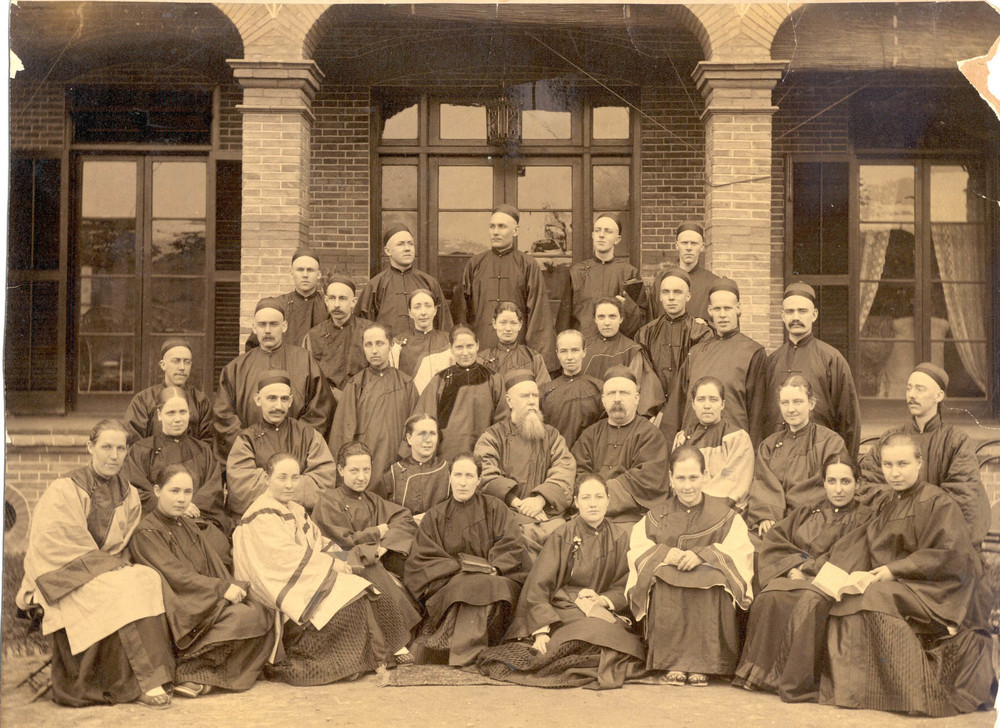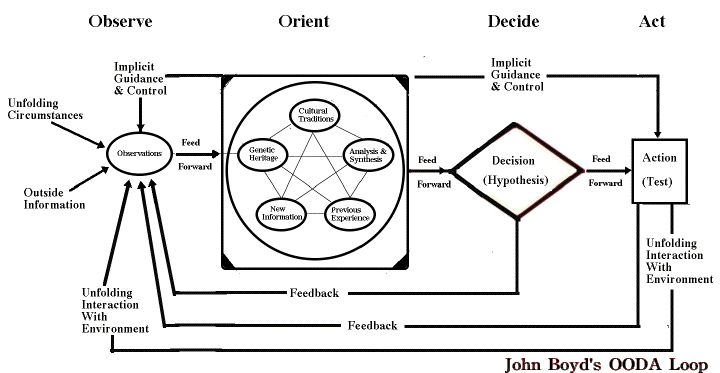Cinderella's Sisters: A Revisionist History of Footbinding , by Dorothy Ko.
, by Dorothy Ko.
I don’t know if my readers have much interest in the history of footbinding, but this is certainly a great book to read if you are interested. I must admit that I didn’t know much about footbinding myself before I read this, it’s been out for about 7 years and I hadn’t gotten around to reading it because I picked up a feminist vibe from the cover the first few times I saw it.
Ko’s premise is that all the histories written to date are actually histories of anti-footbinding. For the benefit of my readers I will focus on ideas in this book which are important to the hidden history of martial arts. The first is that she decided to write the history backwards. Although I had never thought of it, that made a lot of sense to me. Footbinding like martial arts has so many potential beginnings, reasons for existing, influences from different parts of society and meanings over a thousand years that there is no convincing beginning! Better to start from the present and work back along the various strands of time.
Christians have been in China since the Tang Dynasty, but they were minor players fading in and out along the borders. The Jesuits and Franciscans who spent time in China during the Ming and early Ching Dynasties were minor influences, but the ideas they brought back to Europe changed the rest of the world. After the Second Opium War Christians including Protestants, started to make large inroads into the Chinese heartland. These missionaries brought education, medicine, and all the elements of modernity including new ideas, technologies and international commerce.
Besides medicine and modernity the accommodations of the Second Opium War gave foreign Christian leaders a way to circumvent the old Magistrate Bureaucracy. Parish leaders could appeal directly to the Imperial Court via their embassies, effectively giving significant advantages to Chinese Christians.
The period between 1890 and 1910 was intense. Christian converts stopped attending theater and stopped paying for it too. Why? Because as regular readers may already know, the martial arts theater movement tradition known in the west as ‘opera’ was clearly understood as a religious institution. The local communities that put on these “opera” performances used them to raise money for education, repairing roads, building bridges and stuff like that. In other words, putting on these religious performances was the context in which local taxes were collected! This created a lot of resentment and is certainly one of the causes of the Boxer Rebellion (1898-1900), which was a roving mob, dressed as characters from opera like the Monkey King and General Guangong, responsible for killing thousands of Chinese Christians and burning their communities.
Christian missionaries really disliked footbinding and used it at the center of their critic of Chinese cultural barbarity and backwardness. However, it was in this twenty year period that Chinese voices against footbinding grew and in a very short time succeeded in ending what had been an extremely widespread practice. Not that it was a single practice, that is one of the main points of the book, there was a lot of variation in the techniques. For instance some women may have had good enough mobility to practice martial arts. One of the origins of footbinding hundreds of years ago was not all that different from the wrapping that ballet dancers do for point shoes. It also appears that footbinding done early enough (at age 3 or 4) was not painful and probably allowed women to have some ability to run. Certainly one of the reasons for footbinding was the beauty of the movement it could create. And obviously, the arguments against footbinding were overwhelmingly convincing.
The dominant metaphor offered by Chinese voices for the elimination of footbinding was that it decreased circulation and that what Chinese needed more than anything was more circulation! Circulation in women’s feet was paralleled with circulation of modern ideas, commerce and technology around the world. It sounds funny to our ears today because we think of China as the home of Tai Chi and Traditional Chinese Medicine and Fengshui, all of which center around the metaphor of circulation. But it is likely that this argument was really China’s way of claiming modernity for itself! “Modernity with Chinese characteristics!” The project of ‘nationalizing’ modernity absurdly included attempts to claim Chinese origins of the Anti-footbinding movement.
Think about it, this is the same twenty years in which Tai Chi, Bagua and Xingyi “came out” as public arts to be recognized by the entire population. Tai Chi eventually became a way to claim ‘generic’ Chinese-ness as opposed to ‘ethnic-minority-Chinese-ness’.
Unbinding ones feet was a bit of a nightmare. If you were past the age of puberty there was little chance your feet would be normal. It took months of slow, careful and painful adjustments to “let out” the feet. Tai Chi may have gotten it’s original reputation as a health practice because it was recommended that women letting their feet out practice Tai Chi as they were learning how to move on their feet in various stages of unboundedness. It must have been a profound moment in gender integration too.
The rural regions around Suzhou for some reason did not bind their feet. Many non-Han ethnic groups did not bind either, the Hakka for instance did not. However, in most regions, even poor families were likely to bind at least the oldest girl child, the younger daughters being more likely to be sold into servitude were likely to need big feet. That’s a pretty dark thought all around. Of course I’m trying to imagine this kind of world and the difficulty I have causes me to have doubts.
Footbinding started as a status symbol of the elite. It may have spread inadvertently as an act of rebellion because the Manchu ethnic rulers of the Ching Dynasty made ineffective but widespread attempts to ban it. Having come across this theory rebelious agency some time ago, along with a poem I came across about the potency of women with bound feet, led me to a thesis about bound feet representing potential power just as relaxed tai chi feet gather potential power by not pushing out the balls of the feet or the heels. (You can read more of my theory here.) The book doesn’t offer any direct support for my theory except that it promotes the notion that footbinding has multiple origins, reasons, and methods.
Another sidenote of particular interest is that up until the later part of the Tang Dynasty Chinese were barefoot in formal situations, especially at court. In less formal situations they wore socks. Shoes and such were for the outdoors, the way Japan was up until the 1980’s. During the late Tang Dynasty (around 900 CE) the practice of wearing boots became formal, perhaps because it was the custom of some ethnic generals attending court. Gradually socks and even small shoes became hidden underwear and bare feet became hidden in darkness. Ko points out that foot binding is unlikely to have happened until the Song Dynasty when people were sitting in chairs which could display their feet.
This change in footwear and thus in peoples relationship to the ground, must have been a necessary step in changing the well documented “seated” Daoyin internal body transformation methods into stand-up Shaolin and the various internal martial arts.
And finally we have a question. To what extent did women performers have bound feet? From what I’ve been able to gather about performers in general, both men and women, where in a moral category which made them available for sex. I gather that prostitution was understood as a type of entertainment usually coupled with singing and or dancing. So female prostitutes most likely were able to dance and had bound feet. As we have learned from other texts women sometimes performed in male troops (for an extra fee) but generally theater troupes were either all male or all female. In both cases women warrior roles were very popular. According to Ko’s sources, in Beijing and Shanxi men playing warrior women wore tiny stilts to make it appear that their feet were bound. Did women who specialized in male martial roles have unbound feet? Or did they wear fake foot enlargers to play those roles? In any event we know what we know about this because there were laws written around 1900 in Shanxi banning actors from wearing these tiny stilts. It was thought that they were setting a bad example within the changing standards of femininity. Warrior femininity that is.
Here is a dissertation that deals with the same issues: Women in Tianjin, 1898-1911
 Christian Missionaries in China, 1891
Christian Missionaries in China, 1891





